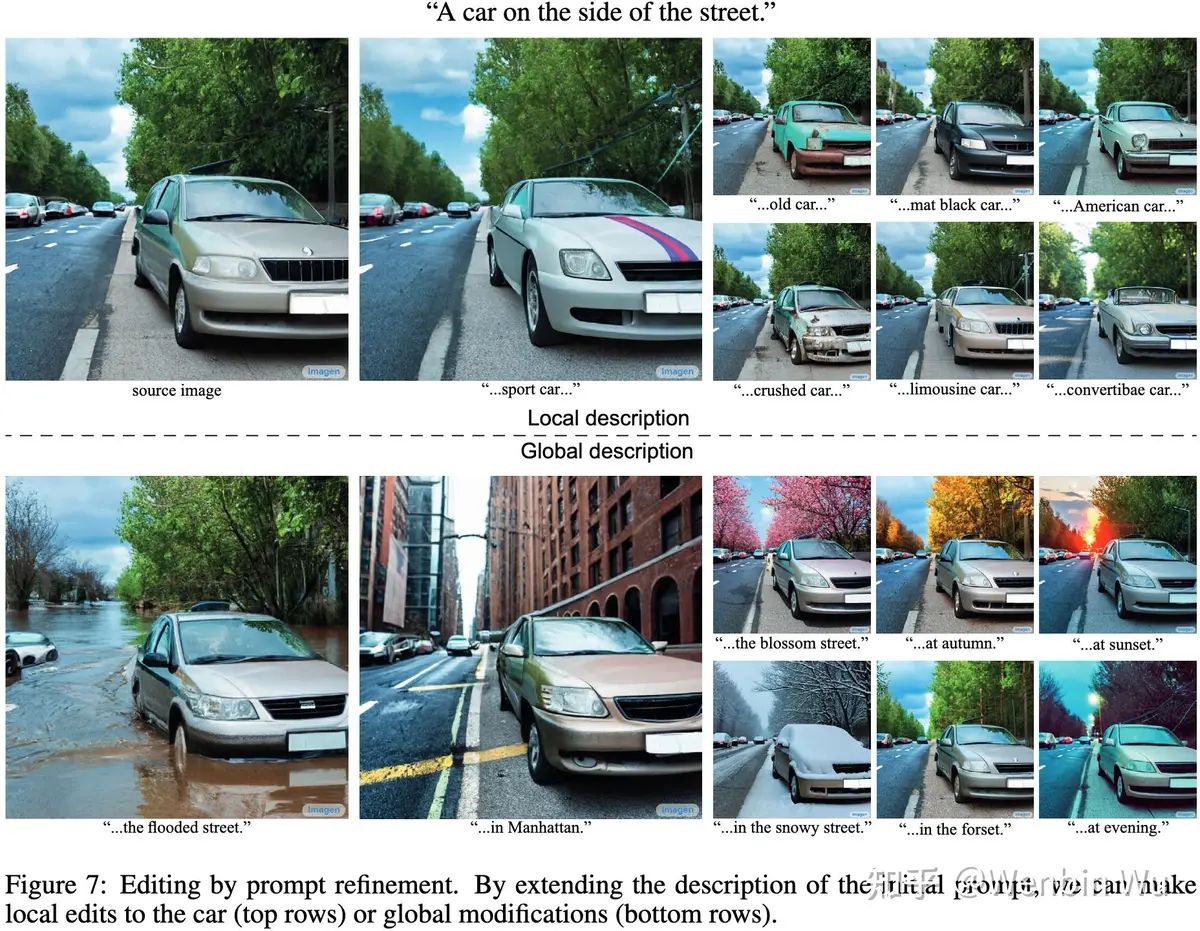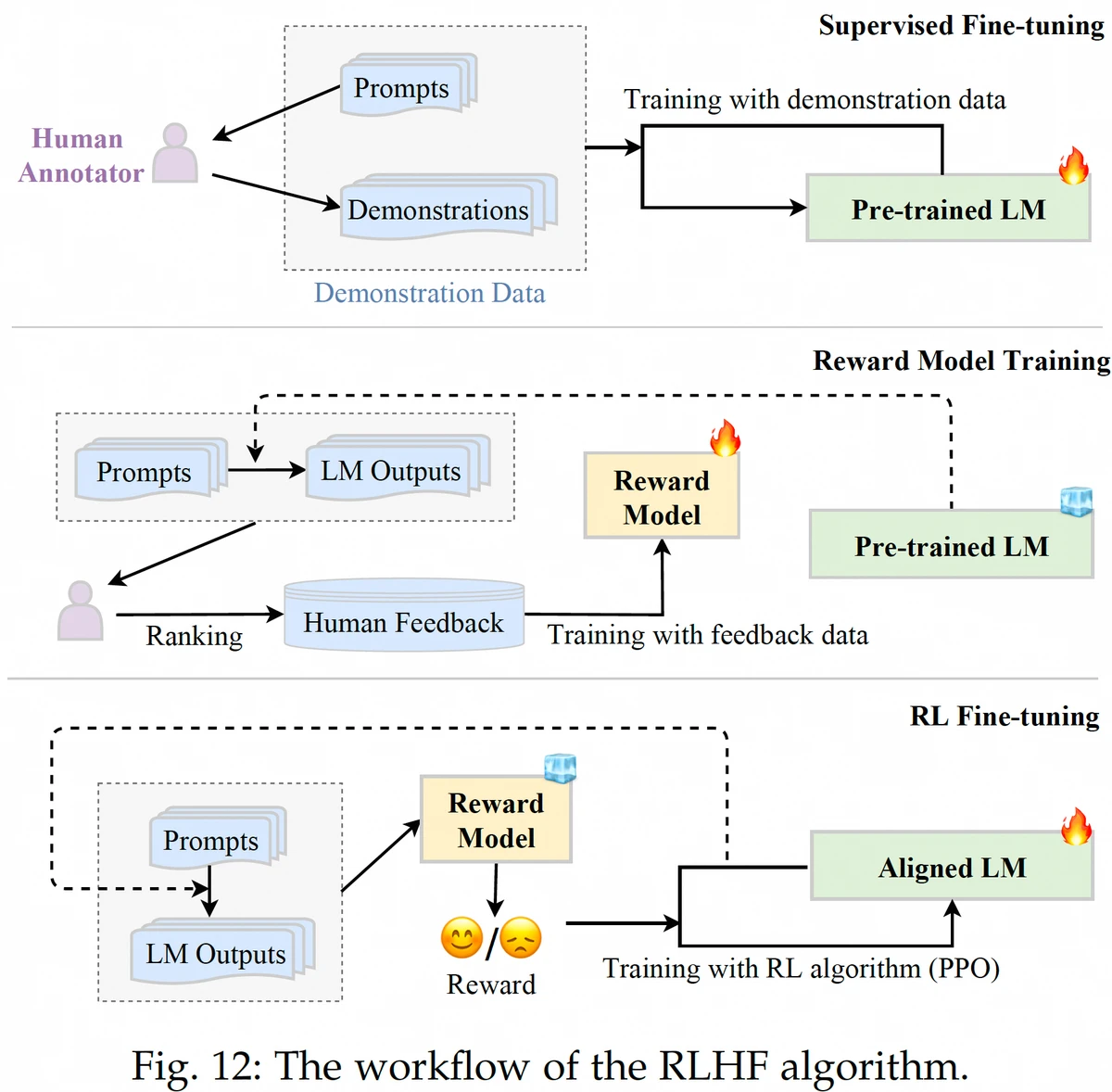========================================================================================
The Capital Asset Pricing Model (CAPM) has long been a cornerstone of financial theory, offering a simple way to link risk and expected return. But in today’s complex markets, relying on CAPM alone can lead to oversimplification and potential mispricing of assets. That’s why many professionals seek to learn how to integrate CAPM with other models—a critical skill that enhances accuracy in portfolio construction, risk management, and trading strategies.
This article dives deep into integration methods, model comparisons, real-world applications, and professional insights, offering a 360° perspective on how CAPM can work synergistically with modern financial models.
Introduction: Why CAPM Alone Is Not Enough
CAPM provides a neat formula:
Expected Return = Risk-Free Rate + Beta × (Market Return – Risk-Free Rate)
While elegant, the model assumes:
- Markets are efficient
- Investors have homogeneous expectations
- A single source of risk (market beta) explains returns
These assumptions often fail in practice, leading professionals to combine CAPM with models like APT, Fama-French, Black-Litterman, and machine learning approaches. The goal isn’t to discard CAPM but to enhance its predictive power by integration.
CAPM integration with multi-factor and modern models strengthens investment analysis
Core Approaches to Integrating CAPM with Other Models
1. CAPM + Arbitrage Pricing Theory (APT)
APT uses multiple risk factors (inflation, interest rates, GDP growth) instead of CAPM’s single market beta. By combining the two:
- CAPM provides a benchmark for expected returns.
- APT refines the analysis by capturing macroeconomic risks.
Pros: More robust in real-world environments, reduces CAPM’s oversimplification.
Cons: Factor selection can be subjective and data-intensive.
2. CAPM + Fama-French Three-Factor (or Five-Factor) Model
The Fama-French model expands CAPM by including size (SMB), value (HML), profitability, and investment factors. Integration looks like:
- Use CAPM to establish the baseline risk-return tradeoff.
- Adjust returns with Fama-French factors for more accurate performance attribution.
Pros: Empirically validated, widely used by asset managers.
Cons: May still miss momentum or alternative risk premia.
3. CAPM + Black-Litterman Model
For portfolio construction, CAPM offers expected returns, but the Black-Litterman model integrates investor views with equilibrium returns. Together:
- CAPM provides a market-consistent starting point.
- Black-Litterman adjusts weights based on investor confidence.
Pros: Practical for institutional portfolio allocation.
Cons: Requires careful calibration of subjective views.
4. CAPM + Machine Learning Models
Machine learning can detect non-linear patterns that CAPM cannot. For example:
- CAPM predicts baseline expected returns.
- ML algorithms refine forecasts using sentiment analysis, volatility clusters, or alternative datasets.
Pros: Captures hidden drivers of returns.
Cons: Black-box nature makes interpretation harder.
Machine learning expands CAPM’s predictive power with non-linear insights
Practical Applications of CAPM Integration
1. Portfolio Management
Combining CAPM with Fama-French helps managers assess whether alpha is due to skill or exposure to risk factors.
2. Quantitative Trading
When learning how to use CAPM in quantitative trading, integration ensures trading signals are not just market beta exposure but also capture factor-based anomalies.
3. Risk Management
For risk analysts, integrating CAPM with APT allows them to stress-test portfolios against multiple macroeconomic factors.
4. Valuation and Corporate Finance
In private equity and project finance, CAPM often underestimates risk. Integrating multi-factor adjustments provides more realistic hurdle rates.
Methodological Comparison: Which Integration Works Best?
| Model Combination | Best Use Case | Strengths | Weaknesses |
|---|---|---|---|
| CAPM + APT | Macro-sensitive portfolios | Captures systemic risk factors | Complex factor selection |
| CAPM + Fama-French | Equity portfolios | Strong empirical backing | Limited to listed equities |
| CAPM + Black-Litterman | Institutional portfolios | Balances market data with investor views | Subjective inputs required |
| CAPM + Machine Learning | Quantitative trading | Identifies hidden, non-linear drivers | Hard to interpret, data heavy |
Recommendation: For most investors, CAPM + Fama-French provides the best balance of simplicity and accuracy. For hedge funds or quants, CAPM + ML offers cutting-edge insights.
Challenges in CAPM Integration
- Data Limitations: Many factor models require large datasets, sometimes unavailable in emerging markets.
- Overfitting: Especially with machine learning, models risk fitting noise rather than signal.
- Model Conflicts: Different frameworks may produce contradictory return estimates.
- Practical Usability: Academic models may lack real-world implementability.

Industry Trends: The Future of CAPM Integration
- AI-Enhanced Finance: Expect more blending of CAPM with machine learning and alternative datasets.
- Factor Investing Expansion: Beyond size and value, new factors like ESG, liquidity, and sentiment are emerging.
- Customization for Clients: Black-Litterman and Bayesian CAPM variations will grow as investors demand personalization.
- Fintech Tools: More platforms provide CAPM integration features, making it easier for retail traders to apply advanced models.
Future CAPM integration will rely on AI and fintech tools for broader adoption

FAQ: How to Integrate CAPM with Other Models
1. Why is CAPM integration important?
CAPM is too simplistic on its own. Integrating it with multi-factor or machine learning models creates a more accurate and robust framework for portfolio decisions.
2. How do you calculate returns using CAPM before integration?
First, apply the standard CAPM formula. Then adjust returns using additional factors (e.g., Fama-French) or overlay machine learning models to refine predictions. For more, explore how to calculate returns using CAPM.
3. What’s the biggest mistake in CAPM integration?
Over-relying on one model or factor. Professionals should diversify models just as they diversify portfolios, validating results across methods.
Conclusion: Building Smarter Models with CAPM Integration
Learning how to integrate CAPM with other models is essential for anyone seeking to enhance decision-making in trading, investing, or risk management. While CAPM offers a solid foundation, its real value lies in combination with factor models, Bayesian adjustments, and AI-powered methods.
For most professionals:
- Start with CAPM + Fama-French for a balanced approach.
- Use Black-Litterman for portfolio allocation.
- Experiment with machine learning for alpha generation in quant trading.
By integrating intelligently, investors and traders can move from simplistic theory to practical, profitable applications.
If you found this guide useful, share it with your network and comment below on your own experience integrating CAPM with other models!
Would you like me to also design a visual workflow diagram showing how CAPM integrates step-by-step with Fama-French, APT, and ML models?

0 Comments
Leave a Comment